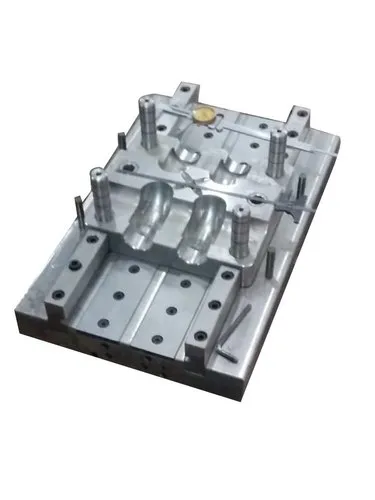In the cosmetic industry, moulds play a critical role in shaping products such as lipstick, compact powders, mascara containers, and more. The precision and tolerances maintained in these moulds directly impact the quality, appearance, and functionality of the final product. Given the aesthetic-driven nature of cosmetics, the standards for mould accuracy are particularly stringent.
1. Importance of Tolerances in Cosmetic Moulds
Tolerances refer to the permissible limit or limits of variation in a physical dimension. In cosmetic moulds, tight tolerances are essential for:
Aesthetic Consistency: Even slight deviations can result in visible imperfections like parting lines, flash, or mismatched components.
Fit and Function: Packaging components like caps, hinges, and threads must fit precisely to ensure proper sealing, usability, and leak prevention.
Brand Image: In the cosmetic market, product appearance reflects brand quality. Poorly moulded products can damage a brand’s reputation.
2. Common Tolerances in Cosmetic Moulding
The typical tolerance range for cosmetic moulds is tighter than general industrial standards. Examples include:
Dimensional Tolerances: ±0.02 mm to ±0.05 mm for critical features such as lipstick bullet dimensions or compact closures.
Flatness and Roundness: For mirrors and circular pans, tolerances often fall within ±0.01 mm to ensure aesthetic and functional perfection.
Surface Finish: High-gloss finishes (Ra < 0.1 µm) are often required to provide a polished, luxurious appearance.
3. Factors Affecting Precision
Achieving high precision in cosmetic moulds depends on several factors:
Material Selection: Tool steels like H13 or stainless steels with good wear resistance and dimensional stability are preferred.
Machining Capabilities: High-speed CNC machining, EDM (Electrical Discharge Machining), and laser texturing contribute to achieving tight tolerances.
Thermal Control: Moulds are often equipped with precise temperature control systems to reduce warping and ensure consistent shrinkage rates.
Injection Parameters: Process control during injection moulding — such as pressure, temperature, and cycle time — is critical in maintaining consistent part dimensions.
4. Tolerance Stack-Up Considerations
In multi-part cosmetic packaging (e.g., lipsticks or compacts with moving parts), accumulated tolerances can affect functionality. Designers must:
Conduct tolerance stack-up analysis.
Use GD&T (Geometric Dimensioning and Tolerancing) to define critical relationships.
Implement interchangeable part design to maintain compatibility during mass production.
5. Quality Control and Measurement
Quality assurance teams use high-precision measurement tools such as:
CMM (Coordinate Measuring Machines)
Laser Scanners
Optical Comparators
Surface Roughness Testers
Regular inspection ensures the moulds remain within the defined tolerances throughout their lifecycle.
6. Challenges in Maintaining Precision
Tool Wear: Frequent moulding can lead to wear, affecting dimensional accuracy.
Shrinkage Variation: Different cosmetic materials (wax, plastic, powder) shrink differently, requiring compensation in the mould design.
Color Additives: Pigments and fillers may affect flow and final dimensions, especially in transparent or pearlescent products.
7. Trends and Innovations
Micro-Moulding: With rising demand for travel-size and sample products, micro-moulding requires even tighter tolerances.
3D Printed Mould Inserts: Used for prototyping, though still limited in dimensional stability for mass production.
AI-Powered Quality Control: Machine vision systems now assist in real-time defect detection and tolerance monitoring.
Conclusion
Precision and tight tolerances in cosmetic moulds are non-negotiable due to the high expectations of end-users and the competitive nature of the market. Manufacturers must balance engineering expertise, advanced tooling, and strict quality control to consistently deliver high-quality, aesthetically perfect cosmetic products.


